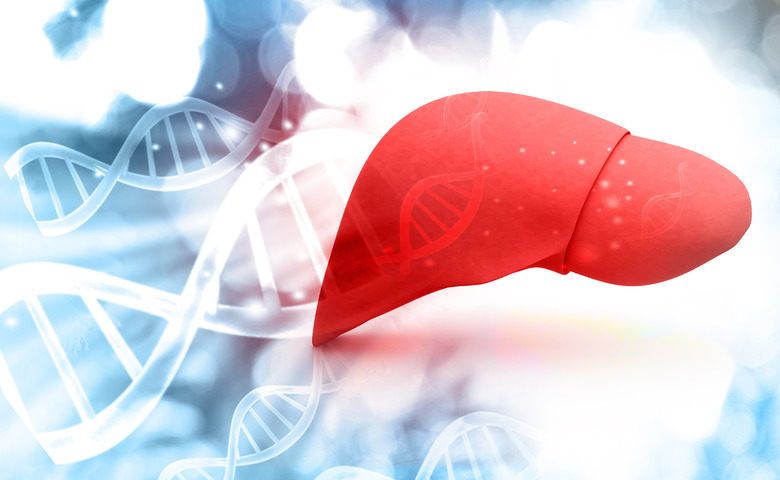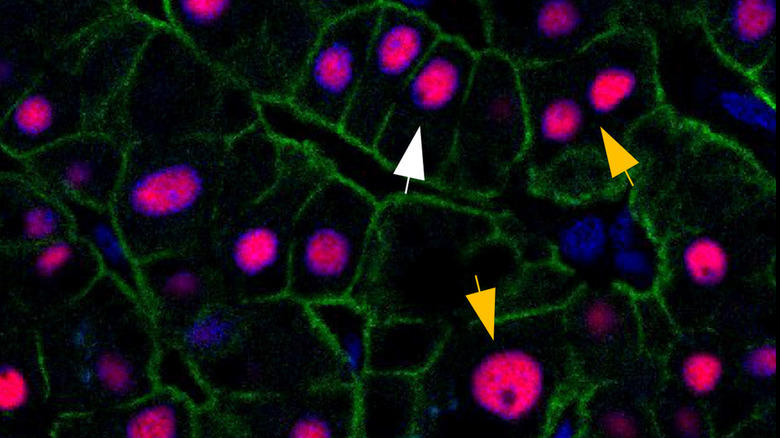Your Liver Is Always Less Than Three Years Old Or Younger
The liver is an amazing organ. Not only is it capable of regenerating itself to repair damage from toxins, like alcohol, but the liver apparently never ages, either.
According to new research, the liver is almost always just under three years old. The concept of liver age has been a medical conundrum for decades. Studying animal livers has yet to offer any kind of answer, so scientists with TU Dresden looked at human livers to try to discern more about our body's filter.
Your liver never ages beyond three years old
An international team of scientists at TU Dresden analyzed the livers of multiple individuals between the age of 20 and 84. Every individual's liver cells showed that they were roughly the same age. "No matter if you are 20 or 84, your liver stays on average just under three years old," Dr. Olaf Bergmann, lead researcher on the study, explained in a release.
The examinations of the different livers showed that liver age is constantly maintained thanks to an ongoing replacement system. As such, the body appears to closely regulate the process to ensure liver regeneration is working as intended. It's an intriguing discovery and one that will no doubt help us uncover more about the human liver – such as what drives its regenerative properties overall.
But, not all cells in the liver remain the same age. Some cells do age beyond that three-year marker. The researchers found that a fraction of the cells in the human liver can live up to a decade before they renew. These cells tended to have more DNA than the others. Where normal liver cells have two sets of chromosomes, these longer-living cells included four, eight, or even more chromosomes.
How nuclear fallout taught scientists about our livers
Perhaps one of the most intriguing parts of this study on liver age is how the scientists came to their conclusions. One of the biggest problems surrounding liver age research is that animal models often can't be applied to humans.
However, the scientists were able to apply aspects of radiocarbon birth dating to help us better understand our livers. In the 1950s, the government carried out multiple aboveground nuclear tests. Not only have these tests had a lasting effect on our planet, but they also released large amounts of radiocarbon into the atmosphere.
As a result, the radiocarbon made its way into the plants, the animals, and eventually humans. Further, cells that formed within that period would have had higher amounts of radiocarbon in the DNA. But aboveground nuclear testing was banned in 1963. This means the radiocarbon levels have been declining for years. And those levels helped play a part in how the scientists studied liver age.
The researchers looked at the level of radiocarbons in the atmosphere, then compared that to the levels in liver cells. This allowed them to get a better look at the age of the cells that make up our livers. The researchers published their findings in Cell Systems this month.


